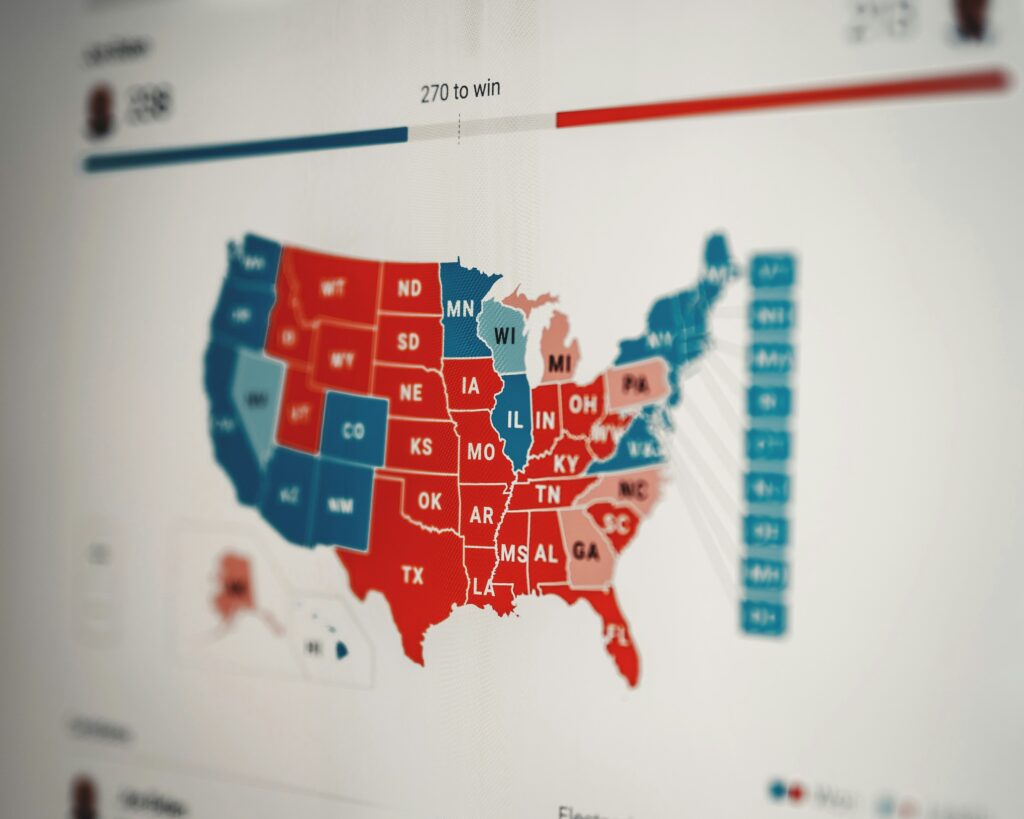
Election Day was Tuesday, and the results are still rolling in. We know who the President will be, and we know who will control the Senate. The House is still up for grabs, and two toss-up Senate seats are not yet called, as well as many other local races around the country.
And yet, 48 hours later, I’m seeing a lot of pieces offering explanations as to what happened and why.
So what happened?
The truth is, we don’t really know yet. Most of the data — not just votes, but the behind-the-scenes data that can inform why people voted the way they did — isn’t in. We might not know for a while why the results were what they were.
I understand the desire to rush to provide answers. It’s frustrating to have to wait to understand something that just happened.
But what often happens is that the wrong lessons pop-up in the few days after the election, and those stick around even when they’re later proven inaccurate. I’d rather wait — the data, however long it takes, will help us understand what’s really going on (and what might happen next).
This is one of those cases where the only right answer — in the short-term, at least — might be to say, “I don’t know yet.”
———
That photo of the red and blue of states on the electoral college map comes via Clay Banks and Unsplash.
